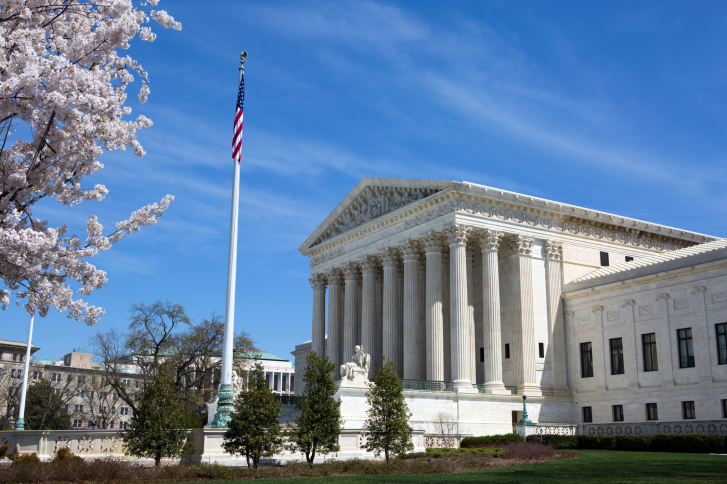A new study from the U.S. Forest Service concludes extensive forest-thinning treatments are the most effective way to reduce intense wildfires in the western United States.
Optimal Density Quantified
Every summer, crown fires in the dry forests of the western United States burn hundreds of thousands of acres and cause millions of dollars in property damage. The U.S. Forest Service Study, reported in the Canadian Journal of Forest Research, finds an unnatural overgrowth in trees is largely responsible. Thinning overgrown forests to a more natural rate of between 50 and 100 trees per acre would be the most effective way of reducing the number and severity of intense wildfires, the study concludes.
The Forest Service study is the largest ever conducted on fuel treatment effectiveness. The study provides a scientific basis for establishing quantitative guidelines for reducing stand densities and surface fuels. The total number of optimal trees per acre in any given forest will depend on species, terrain, and other factors, according to Forest Service researchers.
David L. Peterson, a researcher with the U.S. Forest Service’s Pacific Northwest Research Station and one of the coauthors of the study, reports there are two reasons to engage in forest thinning. Removing smaller trees from a forest stand promotes the growth and vigor of the remaining larger trees. Forest thinning also reduces the continuity of live and dead plant material (fuels) from the soil surface into the forest canopy.
The latter practice reduces the likelihood a wildfire will propagate into a crown fire.
Widespread Applicability of Results
The most surprising finding in the study, according to Peterson, is thinning requirements across most of the western United States are quite consistent.
“When you look at over 40,000 forest stands and find a consistent quantitative result—in this case the need to thin dry forest stands to 50-100 trees per acre—it lends confidence to inferences about stand densities and can provide guidance to forest managers,” Peterson said. “Of course, the optimal number of trees per acre on any given forest will depend on species, terrain, and other factors.”
Peterson says the comprehensiveness of the new study makes it much more valuable than prior studies of forest thickness and wildfires.
“Forest thinning has been studied quite a bit over the past decade, but isolated studies in specific locations provide only limited information. This study examined a huge number of forests across the entire western United States, and suggests there are some general principles related to thinning plus removal of surface fuels that reduce the likelihood of crown fires occurring. In some cases, areas with reduced fire intensities can provide opportunities for suppression of wildfires,” Peterson reported.
Help from Local Foresters
Peterson emphasized local foresters are uniquely situated to manage the land.
“Resource managers with lots of experience on the lands for which they are responsible typically know the appropriate methods needed to accomplish specific objectives, in this case to reduce fire hazard. But proposed management activities also need a scientific foundation to be included in project reviews and planning, otherwise they may not be approved and implemented,” Peterson explained.
There is already much public support for thinning, especially in areas where fuel treatments have been successful at reducing fire severity. The Forest Service study clarifies the amount of thinning needed. Quantitative guidelines will now be more reliable and provide resource managers with a scientific basis for fuel treatment projects.
The study also provides scientific support for forest thinning to withstand legal challenges by activist groups.
Funding Challenges
One of the challenges faced by thinning treatments is the relatively small market for the thin trees removed from the forest, most of which are less than 10 inches in diameter.
One potential solution is to allow forestry companies to harvest a set amount of more economically valuable mature trees for every acre of forest thinned. That would be much more economical than the other potential solution: spending scarce federal funds to pay forestry companies to remove the unwanted small trees.
Kenneth Artz ([email protected]) writes from Texas.





